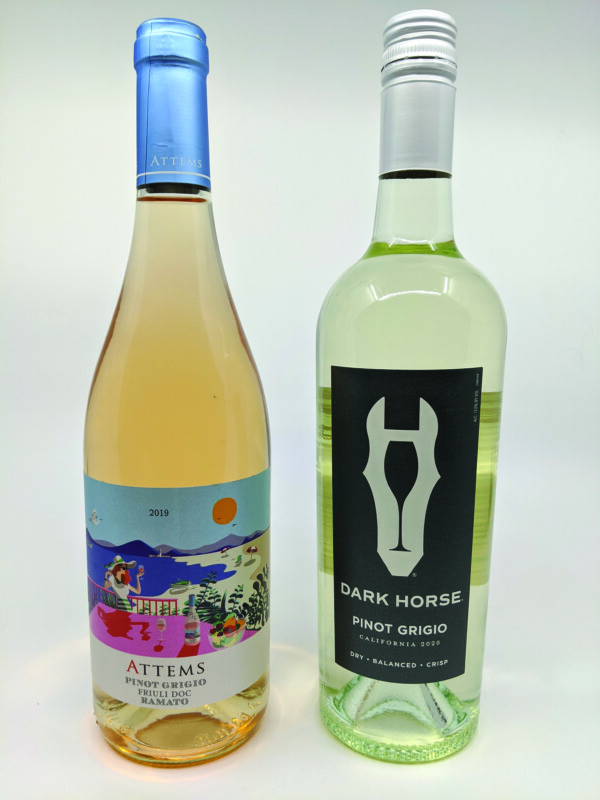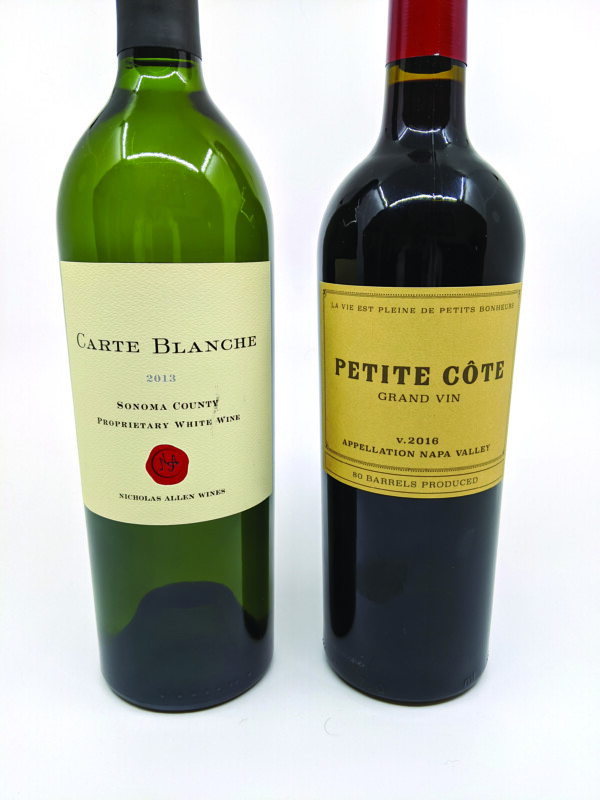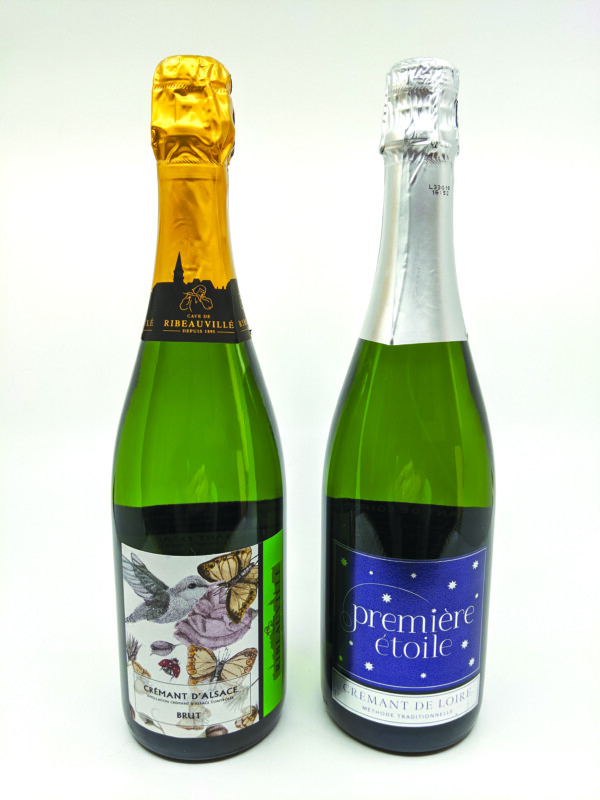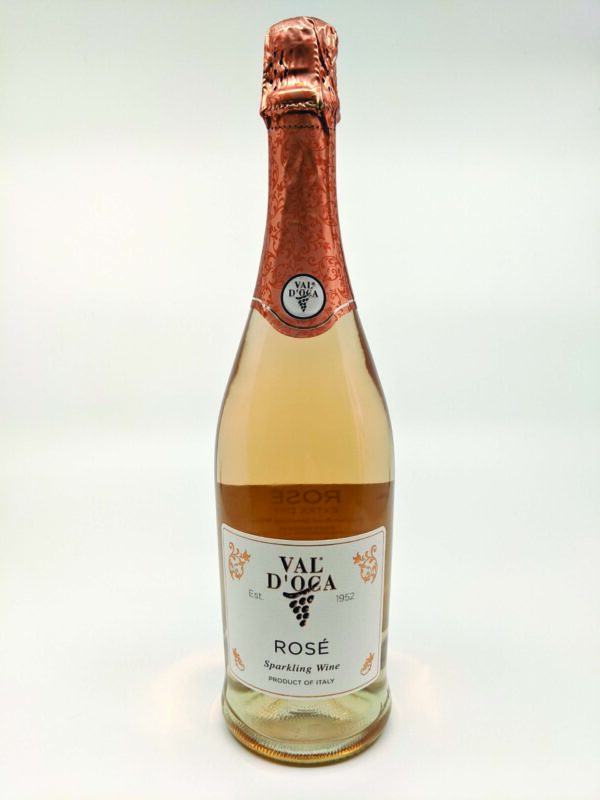How location is key for this summertime favorite
Pinot grigio, long the favorite of art gallery openings and summer garden parties, is an Italian wine made from a light, red-colored grape. This has long been the go-to wine for the summer. Typically bright and citric, it can vary depending upon its terroir — the soils upon which the vines are planted and the climate in which they flourish. But this wine can go beyond summer garden parties.
Known as pinot gris in the Alsace region of France, pinot grigio is widely grown in the Friuli-Venezia Giulia region of Italy. This region is northeast of Venice and the province of Veneto, bordering Austria and Slovenia, and includes the city of Trieste. The grape is also grown in San Joaquin, Sacramento and Monterey counties in California. The wines produced from these two distinctly different terroirs are incredibly different. California pinot gris wines are lighter-bodied with a crisp, refreshing taste, with perhaps a bit of pepper or arugula to the tongue. Pinot grigio from Italy is more often light and lean, crisp and acidic without that peppery note of arugula. But the prevalent colors and tastes go beyond that.
Our first wine is the Italian version of pinot grigio, coming from the Collio Goriziano hills of the Friuli-Venezia Giulia region. The 2019 Attems Venezia Giulia Pinot Grigio Ramato (available at the New Hampshire Liquor and Wine Outlets, reduced in price from $19.99 to $9.99) is a superb example of this Italian varietal. The color is the palest of pink, without becoming clear. While citric, it is not intense, in that it has an underlying sweetness, with floral nuances of citric blossoms. To the tongue it is balanced with the acute citric notes to the edges of the tongue, and a residual nuttiness as the finish recedes, long and with a very slight tannic sense of roasted hazelnuts. This is an excellent wine for an aperitif, or to pair with a rich salad, pasta, fish or chicken.
The Attems dynasty has produced wine as far back as 1106. The long-established family founded the Collio Wine Consortium in 1964. In 2000, the vineyard was passed on to the Frescobaldi family, another centuries-old Italian family. However, the farming and production has not been streamlined with time. The 120+ acres are farmed responsibly, with organic feeding of green crops turned back to the soil. The color and creaminess come from its short time in barrel aging.
Our next wine comes from a brand owned by the beverage giant and largest California wine exporter, E. & J. Gallo. The 2020 Dark Horse Pinot Grigio (available at the New Hampshire Liquor and Wine Outlets, reduced in price from $10.99 to $8.99) is a great wine for a hot summer afternoon. It has a green cast that is almost clear in color. The nose is citric, almost grapefruit. To the tongue it is “clean and crisp” with strong citric notes. The winemaker, Beth Liston, sources the grapes for the wines she makes from over 400 vineyards across the Central Coast to create wines that outperform their price point. This is a wine that can be incorporated into a great white sangria, laced with sweet fruits, such as apricots, strawberries, and pineapple. This wine can hold its own against a chicken piccata, if your taste in wine is not along chardonnay lines. I had it with a plate of very cheesy macaroni and cheese, and it cut right through the richly dense mac and cheese.
This comparison is but another example of how the terroir, a region’s soil, topography and climate, can influence the product — the wine. To this we add another factor: the winemaker and how the wine is made. The California wine is produced in stainless steel vats, kept cool during maceration to ensure the wine remains crisp and citric. The Italian wine, while also made in a cool environment, spent a short time in oak barrels to impart a “creamy sweetness” and reinforce that slight pink color the juice has from spending a little time on the skins. It is more than interesting; it is just plain fun to see how a grape varietal can produce such divergent colors, scents and tastes.
Featured photo:






